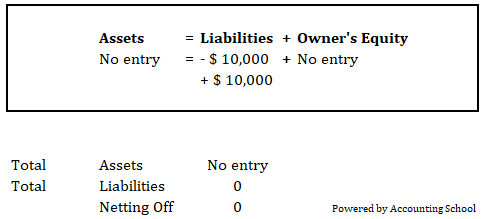Time Value
of Money
Capital investments usually ear returns that
extended over fairly long periods of time. Therefore, it is important to
recognize the time of money when evaluating investment proposals.
A rupee today is worth more than a rupee a
year from now, if for no other reason than that you could put a rupee in bank
today and have more than rupee a year from now.
Capital budgeting techniques that recognize
the time value of money involve discounting cash flow.
The Net
Present Value (NPV) Method
Discounted
Cash Flow Techniques:
The discounting of the projected new cash
flows of a capital projected to ascertain its present value. The methods
commonly used are:
§ Net Present
Value (NPV) – discount rate chosen and present value expressed in as a sum of money.
§ Internal
Rate of Return (IRR) – calculation determines the return in the form of
percentage.
§ Payback
Period (PBP) – discounted rate is chosen, and payback is the number of years
required to repay the original investment.
Present
Value (PV)
Present value “The cash equivalent now of sum
of money receivable or payable at a future date”. The timing of cash flow is
taken into account by discounting term. The effect of discounting is to give a bigger
value per Rs.1 for cash flow that occur earlier i.e Rs.1 earned after one year
will be worth more than Rs.1 earned after two years, which in turn will be
worth more than Rs.1 earned after five year and so on.
Our objectives are to calculate and compare
returns on an investment in capital project with an alternative equal risk
investment in securities traded in the financial markets. This comparison is
made using a technique called discounting cash flow (DCF) analysis. Because DCF
analysis is the opposite of the concept of compounding interest
Net Present
Value (NPV)
The present value of a project’s cash flow is
compared to the present value of the project’s cash outflows. The difference
between the present values of these ash flows called the Net Present Value,
determines whether or not the project is an acceptable investment.
Net Present Value (NPV) is the difference
between the sum of the projected discounted cash inflows and outflows
attributable to a capital investment of or other long term period.
The NPV compares the present value of all
cash inflows from a projected with the present value of all the cash outflows
from a project. The NPV is thus calculated as the Present value of cash inflows
minus the present value of cash outflows.
NPV = PV cash inflows – PV cash out flows
Decision
Rules
If
Net Present Value is
|
Then
the Project is
|
1.
|
Positive / greater than zero
|
Accepted / undertaken because it promises
a return greater than the required rate of return
|
2.
|
Negative / lower than zero
|
Not be accepted / because it promises a
return less than the required rate of
return
|
3.
|
Exactly zero
|
It means
that the present value of the cash inflows and outflows are equal and the
project will be only just worth undertaking.
|
If comparison between two or
more mutually exclusive projects, the project with the highest positive NPV
should be selected
|
The net
present value is based on cash flows of a project, not accounting profit.
Net Terminal
Value
Net terminal value is the cash surplus
remaining at the end of a project taking into account of interest and capital
repayments. The NTV discounted at the cost of capital will give the NPV of the
project.
MIRR
The total cash outflow in year 0 (Rs.24,500)
is compared with the possible inflow at year 4, and the resulting figure is
Rs.24500/44,415=0.552 in the factor at year 4.
By looking along the year 4 row in present
value tables you will see that this gives a return of 16%. This means that
Rs.44,415 received in year 4 is equivalent to Rs.24,500 today i.e year 0, if
the discount rate is 16%.
Alternative, instead of using discount
tables, we can calculate the MIRR as follows:

















